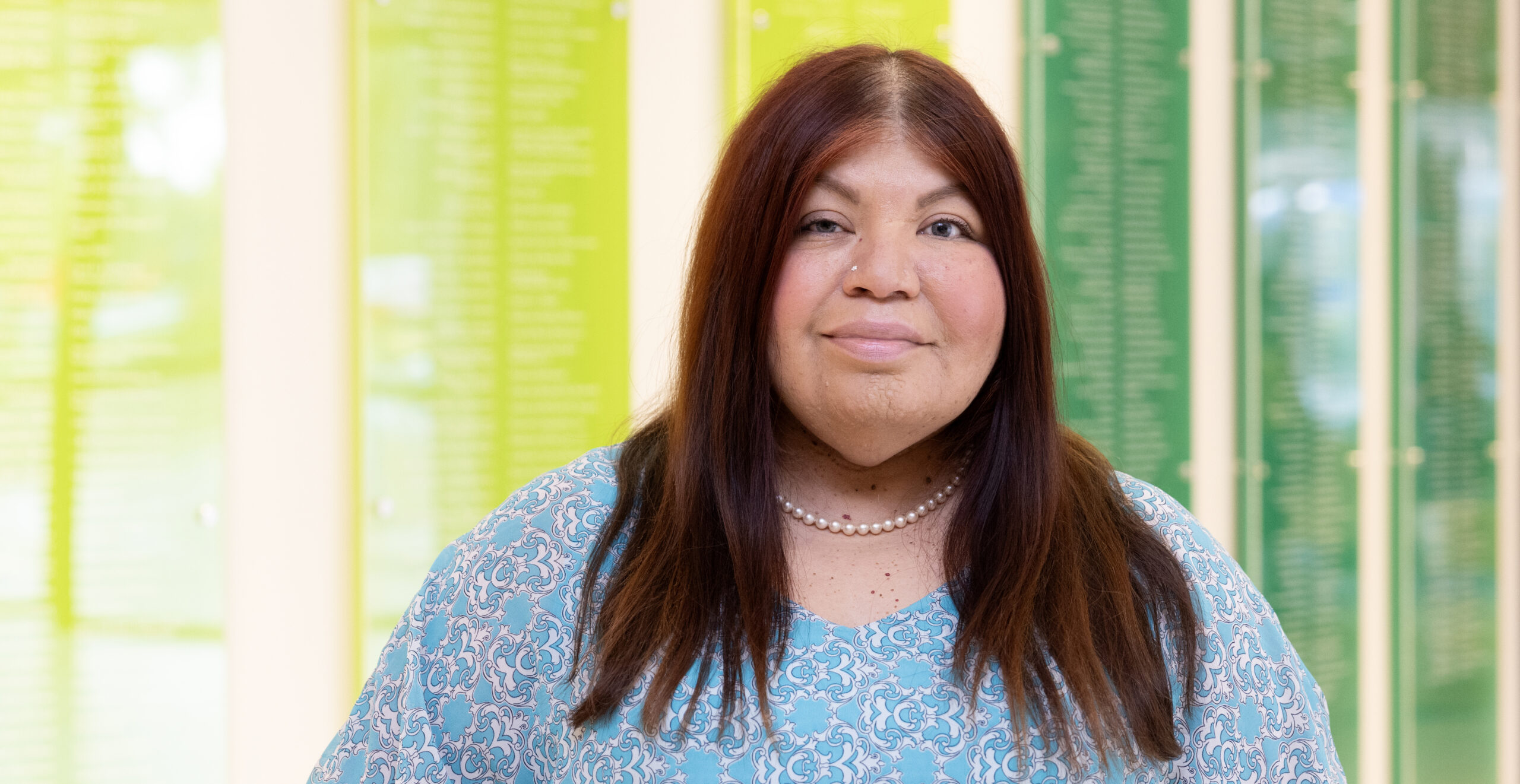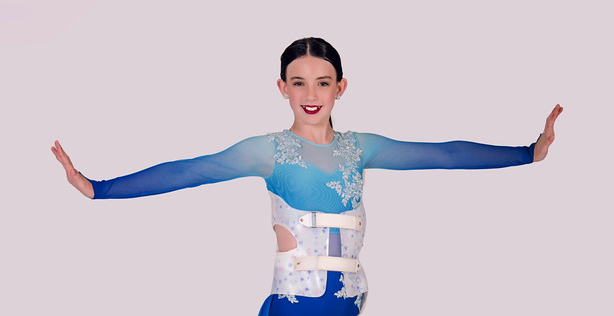Watch the lecture on YouTube or read this summary to catch the highlights.
Download the PDF.
This is a summary of a presentation for medical professionals that focuses on developmental dysplasia of the hip, or DDH. Presented by William Z. Morris, M.D., the seminar dives into everything medical professionals need to know about evaluating and treating DDH in newborns, helping physicians recognize the condition and respond earlier.
DDH is a common condition that occurs in about one in 100 infants. The condition is characterized by a shallow acetabulum and/or under-covered femoral head in the hip. It can occur due to a malformation of anatomic structures that have developed normally during the embryonic period and ranges in severity from physiologic immaturity to subluxation to frank dislocation. The presentation covers the epidemiology of DDH and its risk factors.
Dr. Morris provides updated guidelines for selective ultrasound screening for high-risk infants and includes data from his recent publications and presentations at national conferences. The presentation covered a full DDH screening and physical exam, showing providers exactly how to look for signs of DDH in newborns. He explains that physical findings fall on a spectrum and vary with the severity of the pathology and the age of the child. The presentation includes a detailed video of a newborn physical exam, showing participants hip-specific tests that can be performed to identify even subtle signs of dysplasia.
Email medicalprofessionals@tsrh.org to request access to the full exam video.
Imaging is a valuable tool in helping to diagnose DDH, but Dr. Morris shares why it is best to wait until the patient is 6 to 8 weeks of age in cases of screening ultrasounds for stable hips, using facts and figures to illustrate this reasoning. He recommends ultrasounds at 6 to 8 weeks of age, which reduces false positive rate, and X-rays after 6 months of age once the hip has undergone sufficient ossification.
The presentation continues with Dr. Morris describing treatment protocols for DDH. For many, primary treatment for DDH begins with a Pavlik harness for six to eight weeks. He shares what to watch for with this treatment and its success rate using granular data in order to arm primary care physicians with data that can be used to reassure families once the diagnosis is made. He then talks about further treatments, including hip abduction brace, closed or open reductions and spica cast, and in which cases each may be used.
Finally, Dr. Morris shares vital information about DDH prevention, such as healthy hip swaddling, the use of proper sleep sacks and the correct use of baby carriers and how each of these can contribute to DDH in newborns.
Dr. Morris encourages physicians to refer patients early and often in cases of suspected DDH, know the risk factors and help parents with prevention techniques. He stresses that in most cases, nonoperative treatment is very successful, especially when the condition is caught early. Pediatric physicians and their patients can greatly benefit from Dr. Morris’ expertise with DDH, learning everything physicians need to know to provide their smallest patients with the best care.














